Importance of Fashion Photography in Ecommerce
Driving Sales Through Visuals
Product descriptions tell, but photos sell. When shoppers can’t touch or try, they rely on images to decide. Poses, lighting, fabric texture — every detail communicates quality and price point without a single word. Strong fashion photography reduces guesswork and returns. It makes a $40 dress look like $140.
On ecommerce platforms, visuals grab attention faster than any headline. And consistency multiplies impact. Clothing brands that maintain a clean, cohesive photo style see higher click-through and conversion rates. That’s where having a fast and reliable retouching partner like Pixofix comes in, ensuring your look doesn’t waver from SKU to SKU.
Creating Brand Identity and Recognition
Image style is brand language. Are you minimal and modern? Bold and expressive? Editorial or streetwear-inspired? Whatever your vibe, photos are how it shows up.
Fashion photographers help define and reinforce these signals. From lighting choices to model expressions, a clear photographic style makes your brand instantly recognizable. It’s not just about nice pictures — it’s about long-term image equity.
A brand with a recognizable photographic identity builds trust faster. Think Glossier’s soft tone. Or Balenciaga’s stark, sculptural drama. None of it’s accidental. A great photographer helps you own a visual lane.
Influencing Consumer Perception and Trends
People don’t just shop with their eyes — they imagine themselves in the frame. Great fashion photography doesn’t sell clothes. It sells possibility.
Photographers shape how collections are interpreted. A well-crafted shoot can turn a simple hoodie into a cult favorite. Editorial-style ecommerce images, styled with intention, have the power to create trends instead of just chasing them.
And in a scroll-heavy culture, first impressions are fast. Visual storytelling guides what’s cool, what’s luxe, what’s worth sharing. The right photo doesn’t just reflect trends — it starts them.
Signs of a Great Fashion Photographer
Creative Vision and Style
Every strong photographer has a signature. It could be moody shadows, clean lighting, offbeat compositions — but it’s theirs. That unique visual DNA helps your brand stand out in crowded feeds.
Style isn’t about filters. It’s about how they see fabric, bodies, movement. Top photographers shape emotion and brand voice with every frame. You’re not hiring a camera operator. You’re teaming up with a visual director.
Technical Proficiency
Behind the craft is craft. Lighting ratios. Lens choices. Tethered capture. Clean output. Post-production readiness. The best fashion photographers know how to make things beautiful and technically usable.
That matters in ecommerce. Especially when you need speed without sacrificing polish. A pro doesn't fumble in setup or bog down in post. They’re efficient, because they’ve mastered the core mechanics — from sharp focus to proper white balance.
And with tools like Pixofix in the pipeline, those crisp base images turn into final assets faster, without heavy back-and-forth fix-ups.
Ability to Tell a Story Through Imagery
What story is the photo telling? Aspirational, gritty, elevated, playful? Can you feel the mood — or want to live in it?
Great fashion photographers don’t just shoot clothes. They build worlds. Each frame should hint at a lifestyle, a moment, even a character. Product becomes personal.
This is especially critical for ecommerce brands trying to connect emotionally through screens. Story-driven imagery keeps people scrolling — and keeps brands memorable.
Top Fashion Photographers to Follow
Emerging Names to Watch
The next wave of fashion is being shaped on Instagram and digital runways. Young photographers are experimenting with AI, lo-fi textures, documentary style, and hybrid workflows.
Look out for creatives like Nadine Ijewere, whose bold, identity-driven work is reshaping how diversity looks in fashion. Or Igor Termenón, blending nostalgia with soft commercial polish. These aren’t just trends — they’re reimagining what fashion photography can feel like.
Photographers in this tier often bring unmatched agility. They’re willing to collaborate, experiment, and adapt to brand needs, with fresh storytelling energy that keeps shoots from feeling cookie-cutter.
Established Icons in Fashion Photography
Tim Walker. Annie Leibovitz. Steven Meisel. Icons like these have shaped how we see fashion — abstract, emotional, unforgettable. Their editorial legacy established many of the visual codes ecommerce now borrows: set design, lighting drama, expressive posture.
While booking them isn’t feasible for most brands, their work is required study. Their influence trickles into younger photographers who blend high-concept artistry with digital commerce needs.
International Influencers in the Industry
Fashion isn’t just Paris and New York anymore. Leading photographers are shaping regional aesthetics in Tokyo, Lagos, Milan, and São Paulo.
Names like Zhong Lin from Malaysia or Rafael Pavarotti from Brazil bring emotional weight and bold color to editorial and brand campaigns alike. Their influence spans cultures, unlocking new ways to make fashion images feel global but personal.
Watching international talent also pushes ecommerce brands to think beyond the flat white studio shot. Visual diversity inspires new storytelling — and helps connect with customers worldwide.
How to Choose the Right Photographer for Your Brand
Aligning Photography Style with Brand Vision
Start by asking: does this photographer see the world like my brand does? Their portfolio should echo your vibe — not just in color palette or poses, but in energy.
If your brand is clean and minimal, a photographer who favors high-drama editorial work might not click. But one who plays with shadow and geometry? That could be gold.
Look beyond surface aesthetics. Match intent. If your product says subtle luxury, your visuals can’t scream fast fashion.
Evaluating Portfolios and Previous Work
Don’t just scroll fast. Study each photo in their set. Are the model’s poses flattering? Are textures crisp? Is the lighting consistent across looks?
Great portfolios tell a through-line. They reveal not just technical skill, but how the photographer handles different garments, bodies, and moods. Look for range — but also cohesion.
Also: ask about the post-production process. A solid creative partner like Pixofix can elevate raw shots, but the base photos still need excellence. You can’t polish bad framing or underexposure into magic.
Understanding Cost vs. Quality
High-end doesn't always mean better — but low budget risks amateur results. Understand what you're paying for: pre-production planning, set design, styling, lighting control, post touchups.
Some photographers include in-house editing. Some rely on retouching partners like Pixofix to streamline final delivery. That affects timelines, consistency, and output quality.
Decide where to invest. For ecommerce brands launching dozens of SKUs per month, speed and consistency can be more valuable than high-concept sets. But if you're shooting a brand campaign, go all in on storytelling.
Essential Tools for Fashion Photographers
Recommended Camera Gear
Resolution matters — but not alone. Most fashion photographers lean toward full-frame setups from Canon, Nikon, or Sony. Popular choices: Canon EOS R5 for detail and color depth, Sony A7R IV for lightweight agility.
Medium format (like Fujifilm GFX or Phase One) is used for editorials or high-end lookbooks where detail is king. But for ecommerce, responsiveness and workflow speed often win.
Consistency beats overkill. A skilled photographer with the right lens and a clean light setup will always beat anyone chasing megapixels without vision.
Editing Software for Stunning Results
Photoshop still dominates retouching — especially for detailed edits and custom composites. Lightroom streamlines batch processing, great for ecommerce-scale catalogs. Capture One offers better tethering and color control for pro sessions.
Combined with AI tools and plugins, editing software is evolving fast. But filters won't save bad lighting. The magic’s in subtlety — keeping garments real while enhancing clarity.
Teams like Pixofix work with all major platforms and plug right into brand workflows. They give photographers more breathing room by handling high-volume post with speed and craftsmanship.
Must-Have Accessories and Props
A bounce can save bad light. A steamer can save a shoot. Must-haves go beyond camera bodies.
Hard reflectors, diffusion panels, colored gels — they help fine-tune mood in-camera. Good tripods and tethering gear streamline efficiency, especially on studio days.
And when it comes to making ecommerce shots storytelling-ready, minimal props go a long way. Think stools, plants, textured backdrops — items that add context without distraction. For brands chasing a specific aesthetic, these small details often matter more than gear specs.## Crafting the Perfect Photoshoot
Pre-Production Planning Steps
Before the shutter clicks, every great fashion shoot begins with a sharp plan. Start with a creative brief. Define the mood, the story, the feeling. Is it street-style grunge or polished modernism? Every decision spirals from that.
Next, create your shot list. List each garment, the desired angles, key styling notes, and lighting cues. For larger shoots, build a schedule — time loss adds up fast when coordination goes off-track.
Scout your location or visualize your backdrop. Pinterest isn’t a plan; real location tests or lighting diagrams will save you on set. Studio vs. natural light, morning shadows vs. golden hour — these details define photo goals.
And get proactive with post-production. Pre-tag files, prepare metadata formats, and loop in your editors early. If you work with Pixofix, they can guide pre-shoot decisions that affect editing speed and consistency later.
On-Shoot Tips for Success
Keep it agile, but never wing it. Tethered shooting helps you assess sharpness, fit, and lighting in real time. You catch issues before they snowball.
Give creative direction, not micro-orders. A model who understands the vibe delivers stronger expressions and fluid poses. Check in between takes with your stylist and assistant — adjust straps, smooth wrinkles, and fix symmetry before post gets clogged.
Don’t chase the perfect frame. Shoot series. Movement and slight variations give your editor options and keep imagery feeling alive.
And back up constantly. No one wants to repeat a look because files vanished mid-shoot.
Collaboration with Models and Stylists
Fashion photography is chemistry. If the model doesn’t feel seen, the shot falls flat. Build rapport during prep. Share the moodboard. Talk character, location energy, body language.
Stylists aren’t just picking outfits — they’re building framing devices. Work closely with them on layering, accessories, and shape. Trust their eye, but guide it toward brand goals.
A great on-set dynamic isn’t loud. It’s collaborative, fast, and mutual. When everyone’s dialed into the same mood, it shows in the frame. That’s the sweet spot where static product photos become magnetic ecommerce assets.
Post-Production Workflow Best Practices
Editing Steps to Enhance Fashion Photographs
Every edit starts with restraint. Adjust exposure and color balance to match your base tone. Use Lightroom for batch efficiency, or Capture One when tethered color control matters.
Then sculpt the light. Dodge and burn to guide the eye, but gently — fashion isn’t theater lighting. Crop with precision. Tighten compositions to draw focus without suffocating the garment.
Sharpening and noise reduction should support realism, not hide bad technique. The best editing doesn’t shout. It whispers clarity and polish.
Retouching Techniques for Flawless Images
Retouching in fashion shouldn’t erase reality. It should refine it. Smooth skin texture without eliminating pores. Tuck flyaways without turning hair into plastic. Adjust fit issues subtly — folds, tension, fabric drag — so clothes look worn, not showroom rigid.
For ecommerce at volume, AI-powered tools can handle basics fast. But for high-level editorial polish, human touch still dominates. That’s where creative production partners like Pixofix come in. Their hybrid workflow blends precision with storytelling — fast delivery, without the over-processed look.
Remember, emotional realism sells more than perfection. Skip the mannequin effect — leave life and energy in frame.
Creating Consistency Across Brand Imagery
A single rogue color tone can make your product page look chaotic. Consistency means creating a system — same crop ratios, lighting look, contrast levels, and skin tone rendering.
It starts with a visual style guide. Then, enforce it through post-production checklists and feedback loops. Editors need more than raw files — they need clarity.
Pixofix integrates directly into studio pipelines to preserve this continuity. Their team builds presets, flags outliers, and ensures brand DNA stays visible across all SKUs.
Consistency isn’t about repetition. It’s about harmony — making every shot feel like a note in the same visual melody.
Metrics to Measure Success in Fashion Photography
Analyzing Engagement Rates
Scroll-stopping shots don’t just look good. They perform. Start by tracking likes, shares, saves, but don’t stop there. Heatmaps and dwell time on PDPs can reveal which images are pulling viewers in.
If lifestyle images outperform flat lays, adjust your strategy. If bold crops trigger higher click-throughs, feed more of them into your shoots.
Data doesn’t replace creative, but it sharpens it. Use feedback loops to refine what “good” looks like, frame by frame.
Tracking Conversion Rates
This is where photography pays off — literally. Which shots close the sale?
Run A/B tests between lifestyle and studio formats. Track variation performance across channels. Sharp, emotionally tuned images should increase add-to-cart rates and reduce bounce.
If conversion is stalled despite traffic, suspect photo quality or disconnect. Are the colors accurate? Is the fit unclear? Are the images aligned with what the customer imagined?
Tools like Pixofix help standardize output so photography’s performance becomes measurable — and repeatable.
Understanding Audience Feedback
Your audience talks. In comments, hashtags, reviews. If they say “looks different than photo” — that’s your cue.
Monitor customer-submitted images and unboxings. Are the colors and textures aligned with what they saw online? When shoppers share your photos, it's a stamp of resonance. When they don't, silence says plenty.
Give space for feedback, but know how to interpret it. Not every review warrants a reshoot — but patterns often reveal clarity gaps in photo storytelling.
Common Mistakes in Fashion Photography
Neglecting Pre-Production Planning
You can’t fix chaos in post. Missed shot lists, poor outfit prep, unclear creative direction — these gaps cost time, energy, and sales.
Lack of planning turns shoots into reaction zones. That’s how details get sloppy: tags showing, errant shadows, misfit garments. The results? Inconsistent photos that break brand trust.
Even with fast retouching services like Pixofix, poor inputs slow everything down. Creative excellence starts before the first frame.
Over-Retouching Images
Plastic skin. Stiff fabric. Blown-out highlights. When retouching goes too far, you lose realism — and consumer connection.
Ecommerce shoppers crave clarity. They want to know the true color, drape, and fit. When photos look too perfect, return rates often spike.
Good editing should never hide fabric’s soul. If your imagery feels more like CGI than fashion, scale it back. Story-driven retouching enhances natural details. That’s what turns browsers into believers.
Ignoring Brand Guidelines
Each brand has a visual language. If your photos don’t speak it, they confuse — not convert.
Deviation in tonality, composition, or lighting might seem small, but it fractures brand identity. A playful streetwear brand can’t suddenly look like luxury minimalism.
This is where a defined post-production partner like Pixofix helps. They enforce brand alignment across hundreds of assets, preventing drift even as teams scale.
Brand visuals aren’t a vibe. They’re a system. Follow it, or you start sounding like someone else.
Tips for Optimizing Fashion Photography for Ecommerce
Image Resolution and Quality Standards
Blurry thumbnails and jagged details cost you clicks. Ecommerce thrives on sharpness. Standard practice: 2000+ pixels on the long edge, optimized for fast load but preserved for zoom.
Never stretch or upscale in post — it muddies detail. Always shoot with compression in mind. Use focus stacking if depth-of-field is tight on product shots.
And test across platforms. What looks high-res on desktop may degrade on mobile. Your customer’s screen is your canvas.
Creating Lifestyle vs. Studio Shots
Studio shots sell specs. Lifestyle shots sell stories.
Studio should highlight product clearly, lit evenly, with minimal distraction. Think symmetry, neutral backgrounds, and true-to-color rendering — all basics Pixofix enforces in ecommerce workflows.
Lifestyle goes deeper. Context, movement, cast chemistry. These shots build aspiration and help customers imagine the garment in real life.
The best ecommerce brands don’t pick one — they blend both. Show the product flat. Then show the vibe with it in motion.
Effective Use of Color and Composition
Color grabs attention. Composition holds it.
Use color stories that echo your brand identity. Avoid harsh filters that skew hue accuracy. Keep whites neutral and skin tones human.
Frame with purpose. Use leading lines, negative space, and eye-level symmetry to guide the viewer’s gaze to key features — fabric texture, neckline, or drape.
Great ecommerce composition makes product images feel designed, not dumped. When done well, the product doesn’t just sit there. It speaks.## Before-and-After Comparisons
Impact of Professional Retouching
Raw images don’t always tell the full story. Lighting mishaps, wardrobe creases, inconsistent tones — without retouching, they all drag the final image down. That’s where retouching earns its paycheck.
Look at a before: uneven skin tones, background clutter, shadows falling the wrong way. Then the after: clean backdrop, crisp garments, balanced color. But this isn’t just polish for polish’s sake. It’s about alignment — making the clothes look as good online as they do in real life.
Great retouching doesn’t erase. It elevates. Think brightened eyes, cleaned flyaways, fabric corrected to show real flow. Teams like Pixofix specialize in this brand-first editing, ensuring every frame stays true to your visual identity — at speed and scale.
Transforming Raw Images into Market-Ready Content
A raw image is potential. But selling requires precision. Small inconsistencies — mismatched tones, cluttered frame edges, texture misreads — can undermine even the best styling. Spot the difference between raw and retouched, and you’ll see subtle vitality pumped back into the shot.
For ecommerce brands pushing dozens of SKUs weekly, this transformation can’t lag. AI-assisted editing accelerates the lift, but storytelling needs a human eye. Pixofix blends both: machine speed meets editorial taste.
By the time the image is live, shadows are softened, skin tone is even, product wrinkles are gently corrected — and the photo speaks your brand’s language, fluently. Not a digital facelift. A visual alignment between scene and story.
Top 10 Best Fashion Photographers in 2025
1. Nadine Ijewere


A trail-blazing talent whose painterly work explores non-traditional beauty and identity. Her portraits for major houses bring together vibrant fabrics, diverse models, bold colour.
Portfolio link: Nadine Ijewere website (or search her name for current campaigns)
2. Tyler Mitchell
A younger voice with a distinctive vision — he brings an energetic, documentary-meets-fashion feel. “We’re looking to revitalise and elevate the black body,” he said.
Portfolio link: Tyler Mitchell site

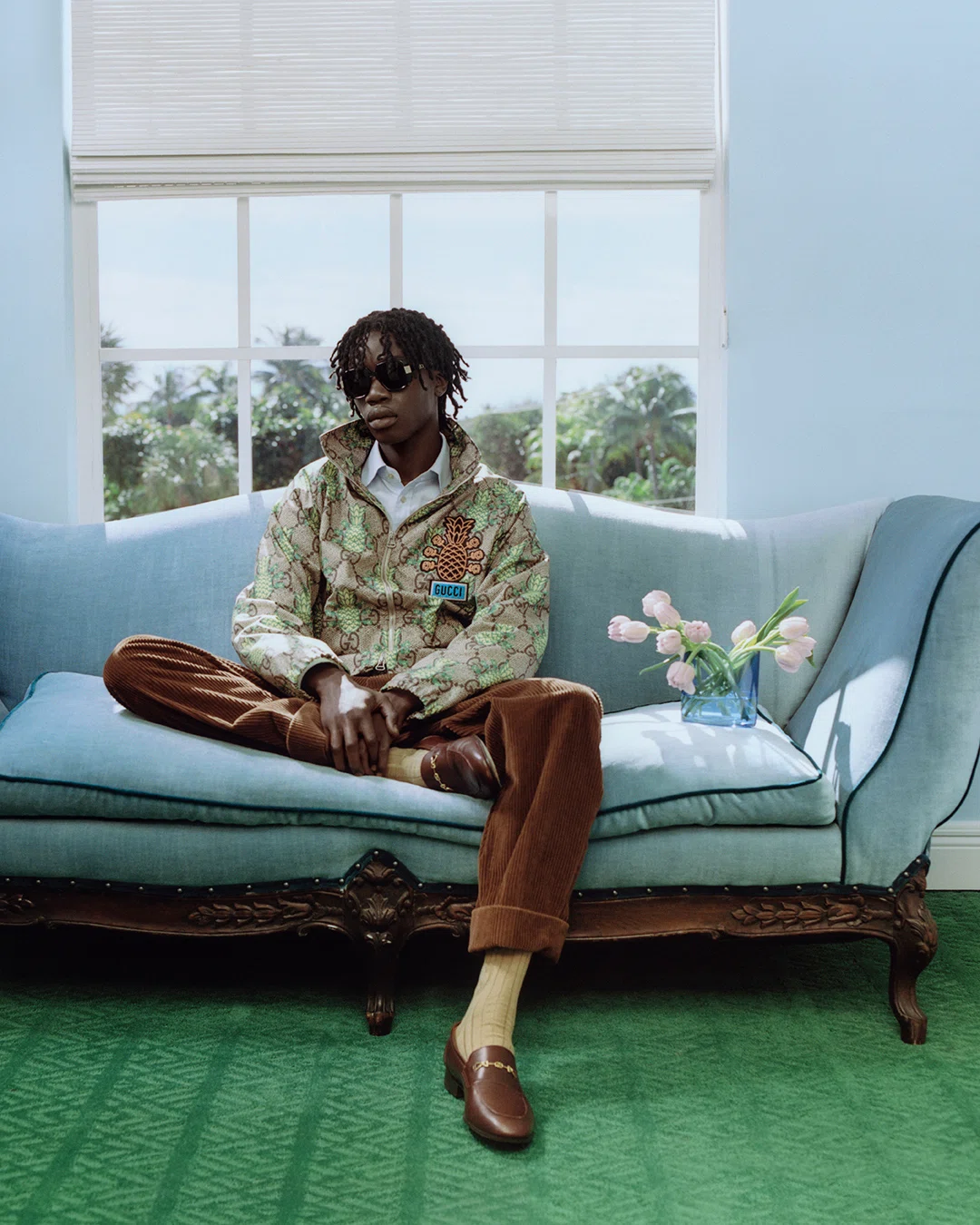
3. Campbell Addy

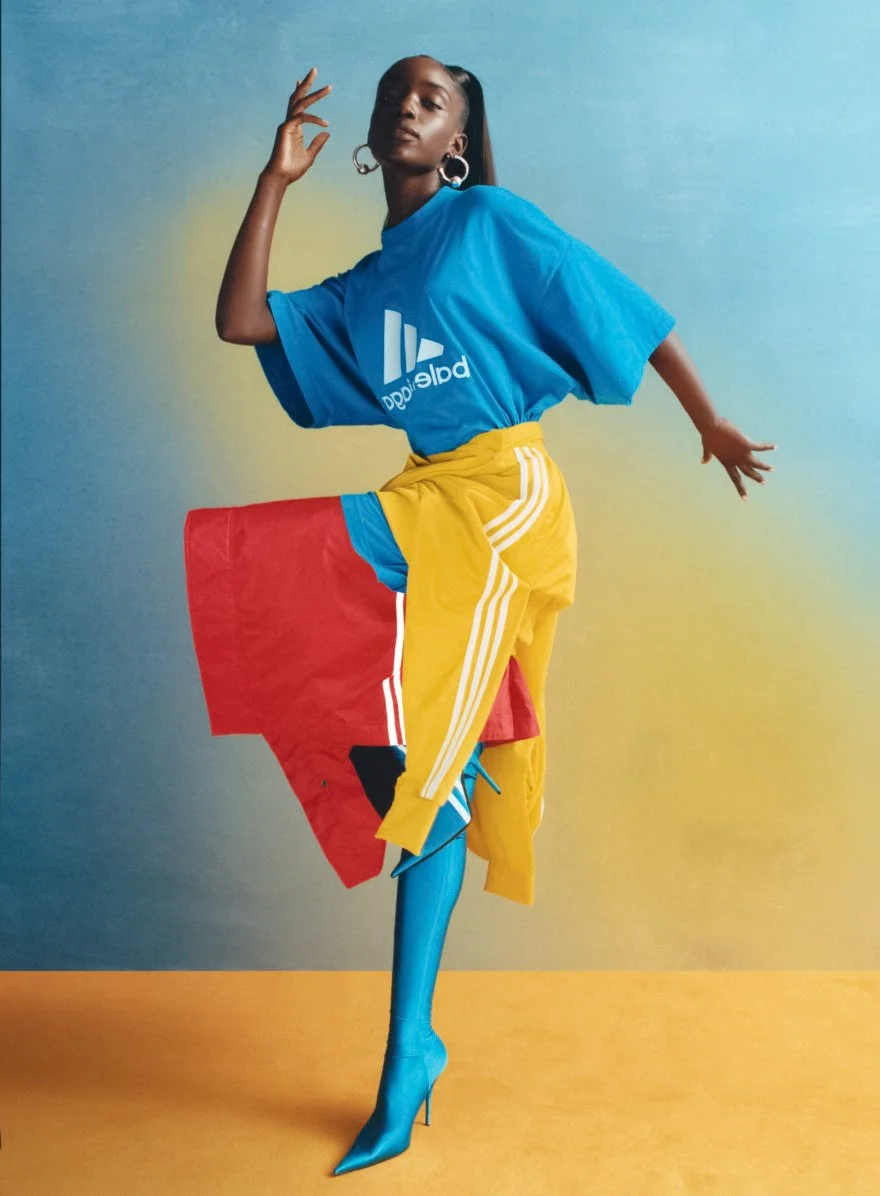
London-based British-Ghanaian photographer whose work combines high fashion with questions of identity, diversity and belonging.
Portfolio link: Campbell Addy website
4. Nadia Lee Cohen
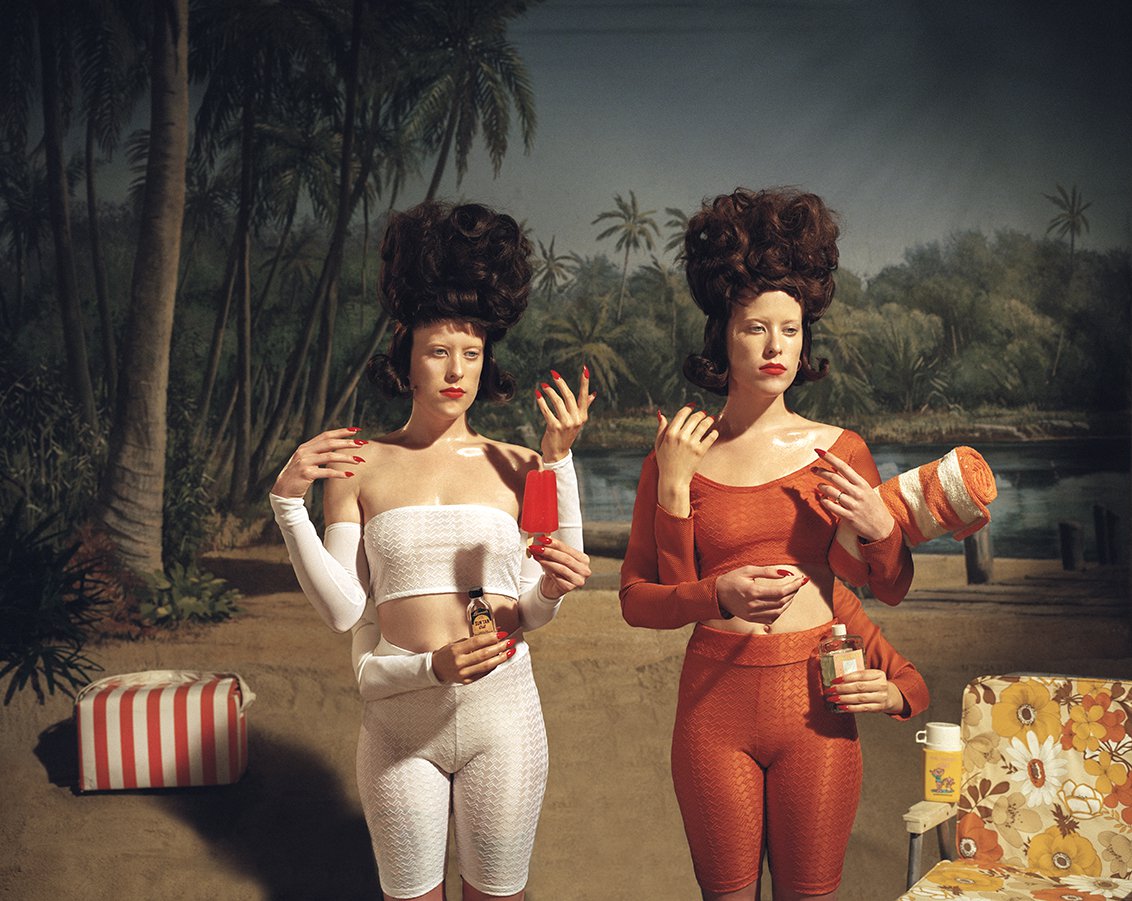


Cinematic, surreal, populated by characters and strong visual narratives. Her imagery is less catalog-style and more world-building, which can be great inspiration for lifestyle-rich ecommerce brands.
Portfolio link: Nadia Lee Cohen site
5. Jamie Hawkesworth
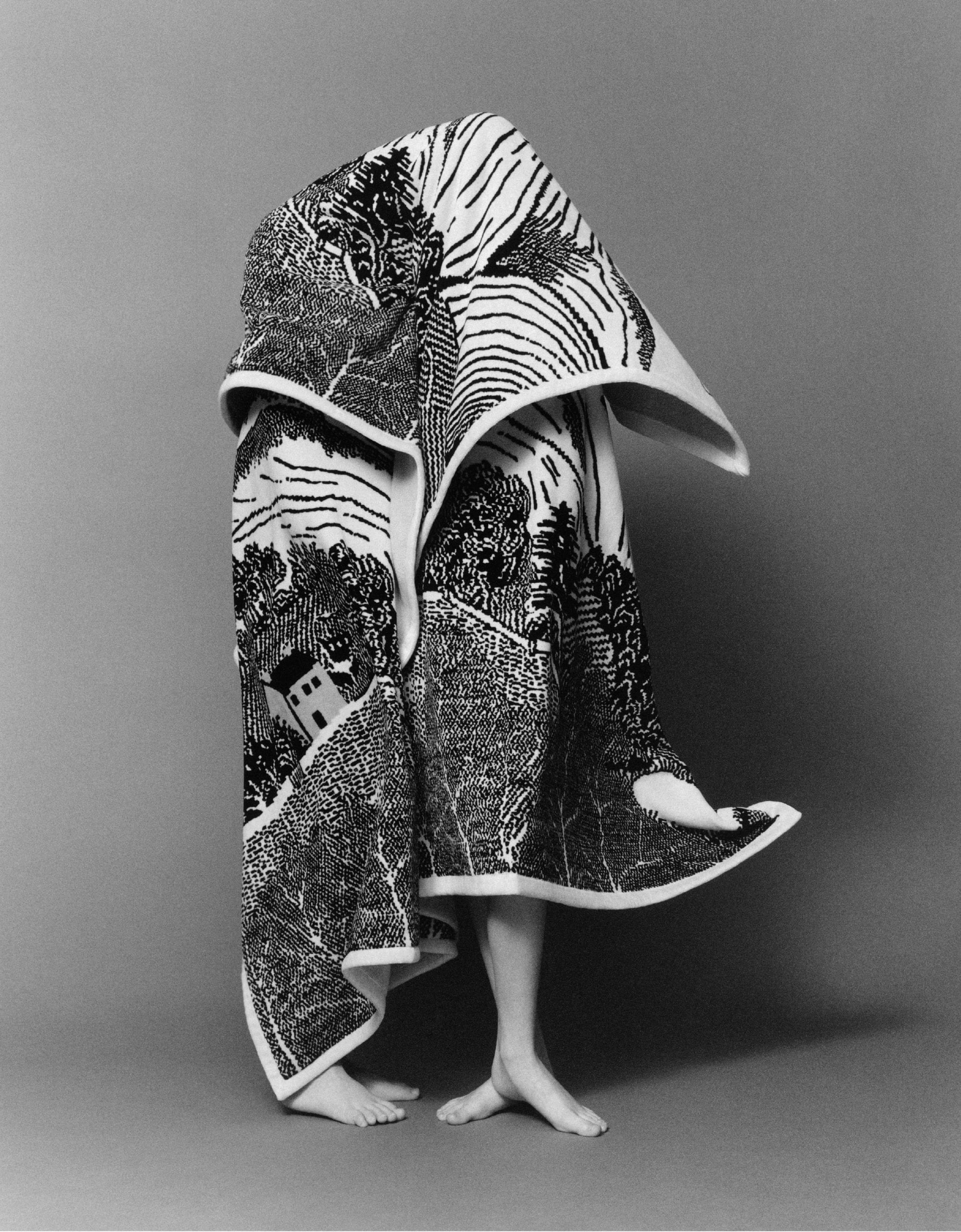
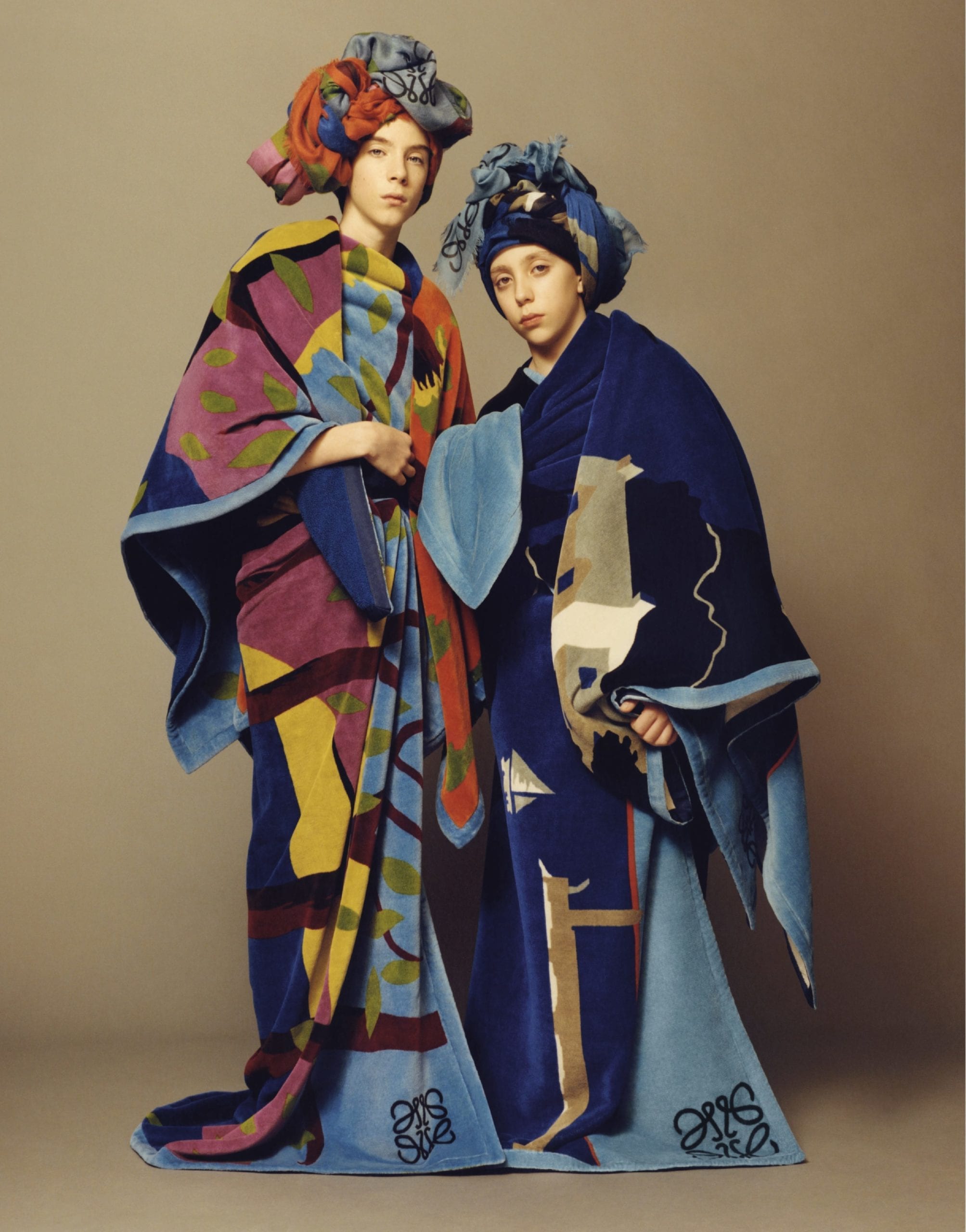
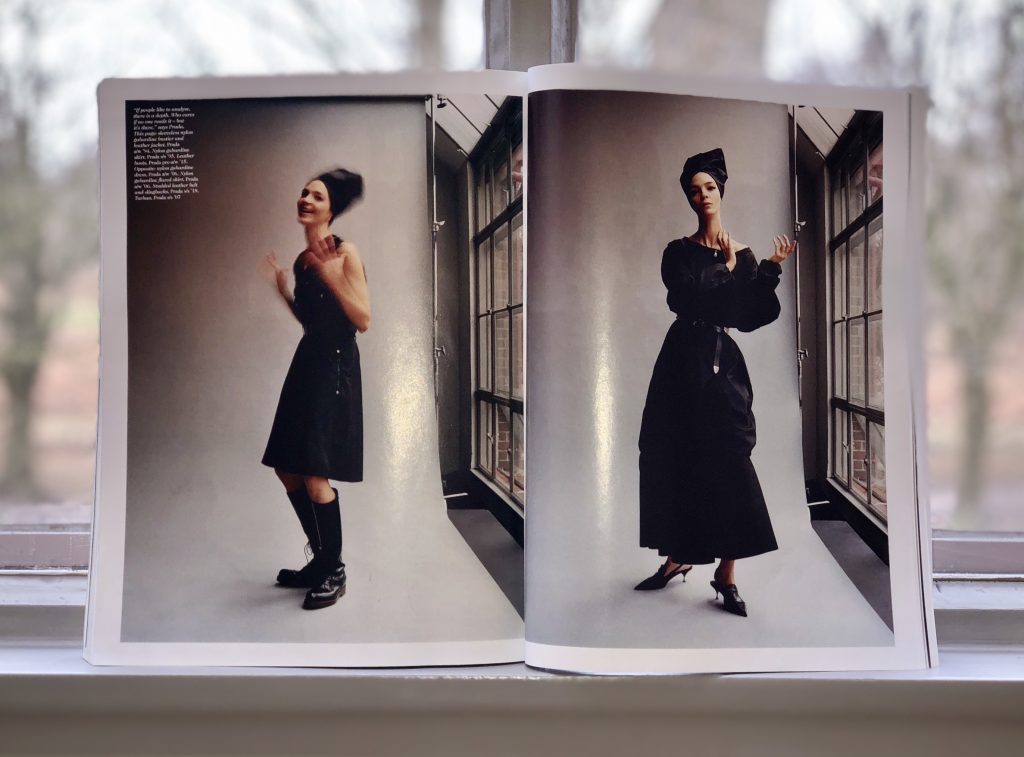
Known for intimate, human-rich fashion portraits with poetic touches. If your brand wants emotional resonance rather than just product clarity, his work is instructive.
Portfolio link: Jamie Hawkesworth site
6. Hugo Comte

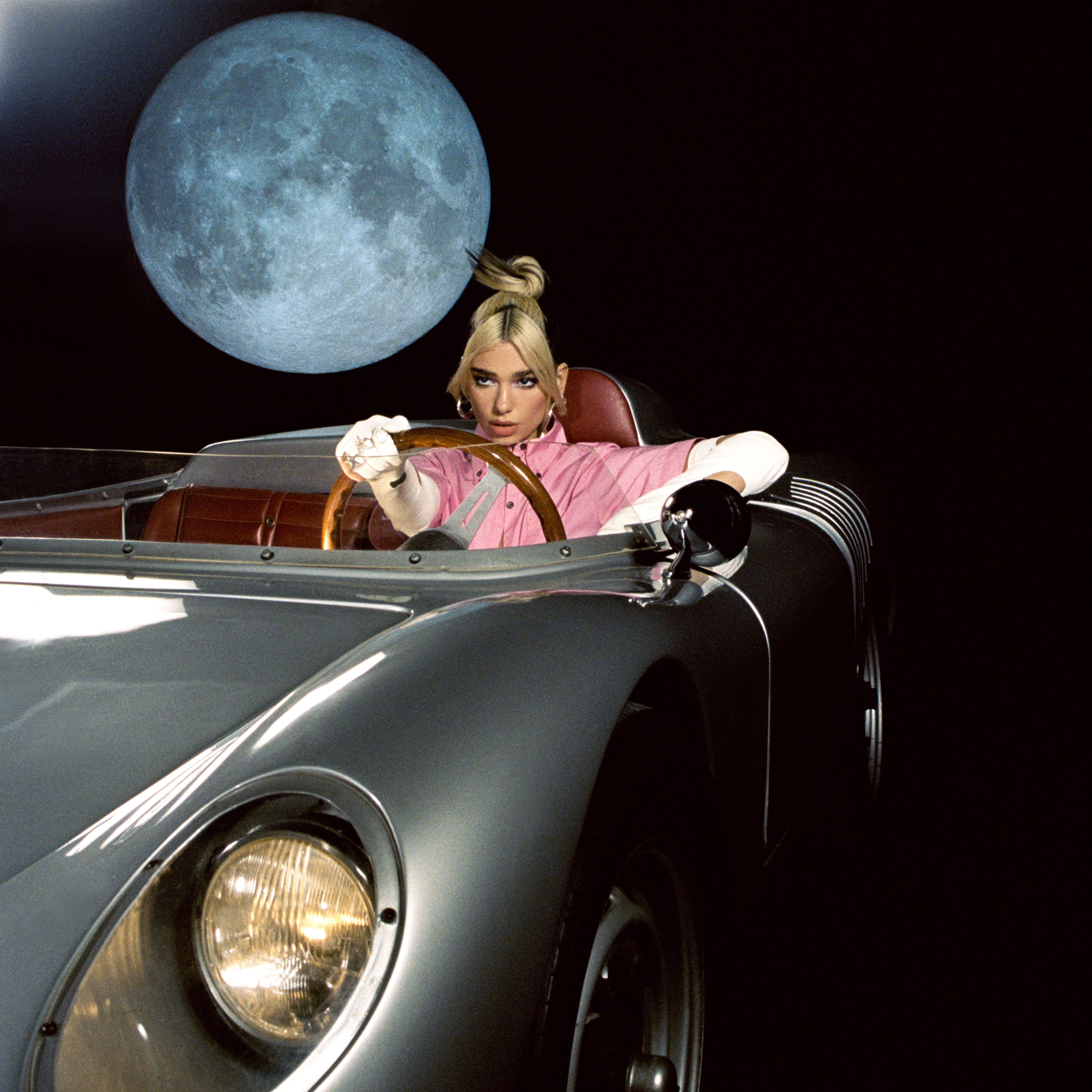

French photographer whose rapid rise has been boosted by highly saturated, razor-sharp aesthetic and major brand campaigns. Great for brands wanting “bold” and “on-trend.”
Portfolio link: Hugo Comte site
7. Julia Hetta
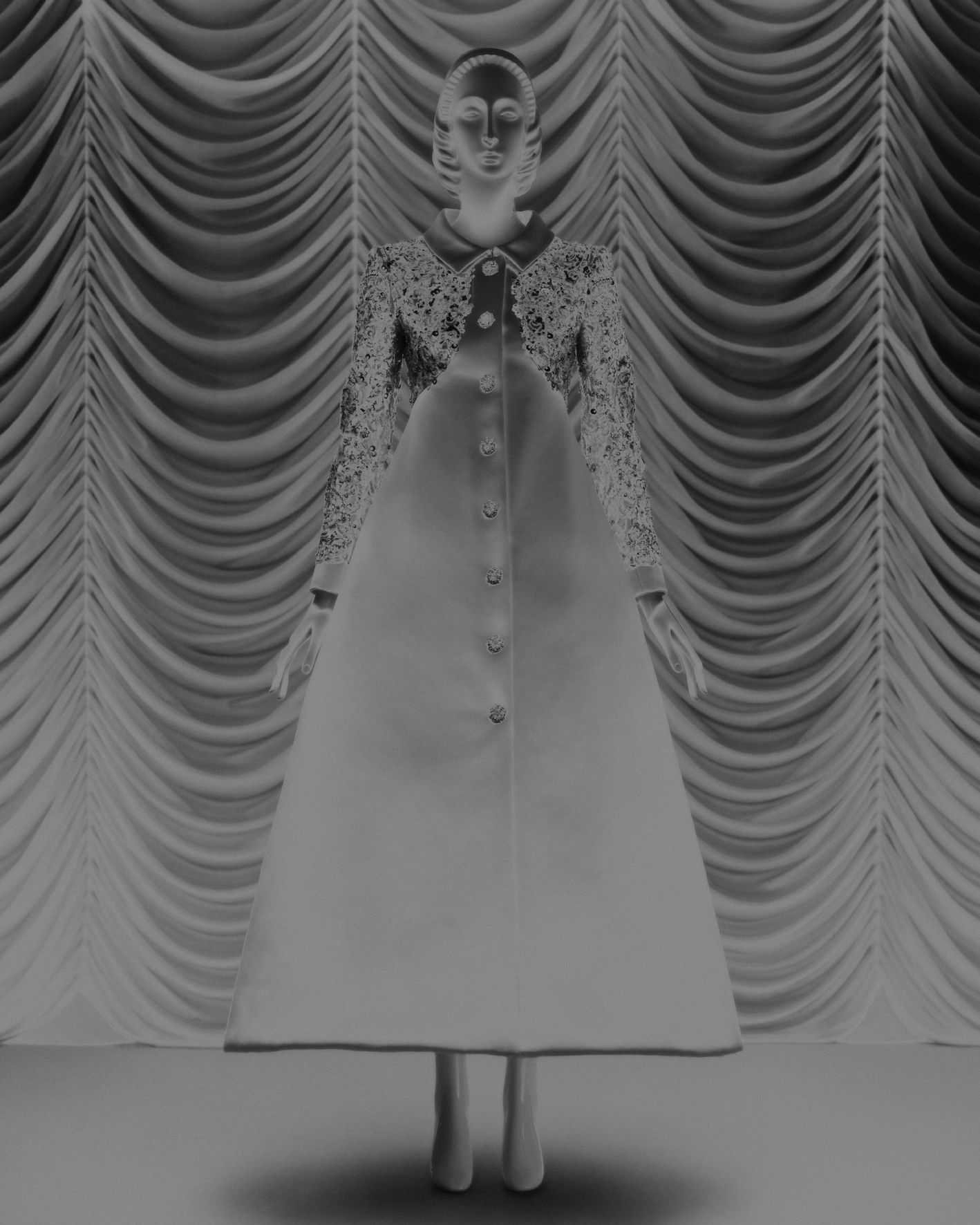
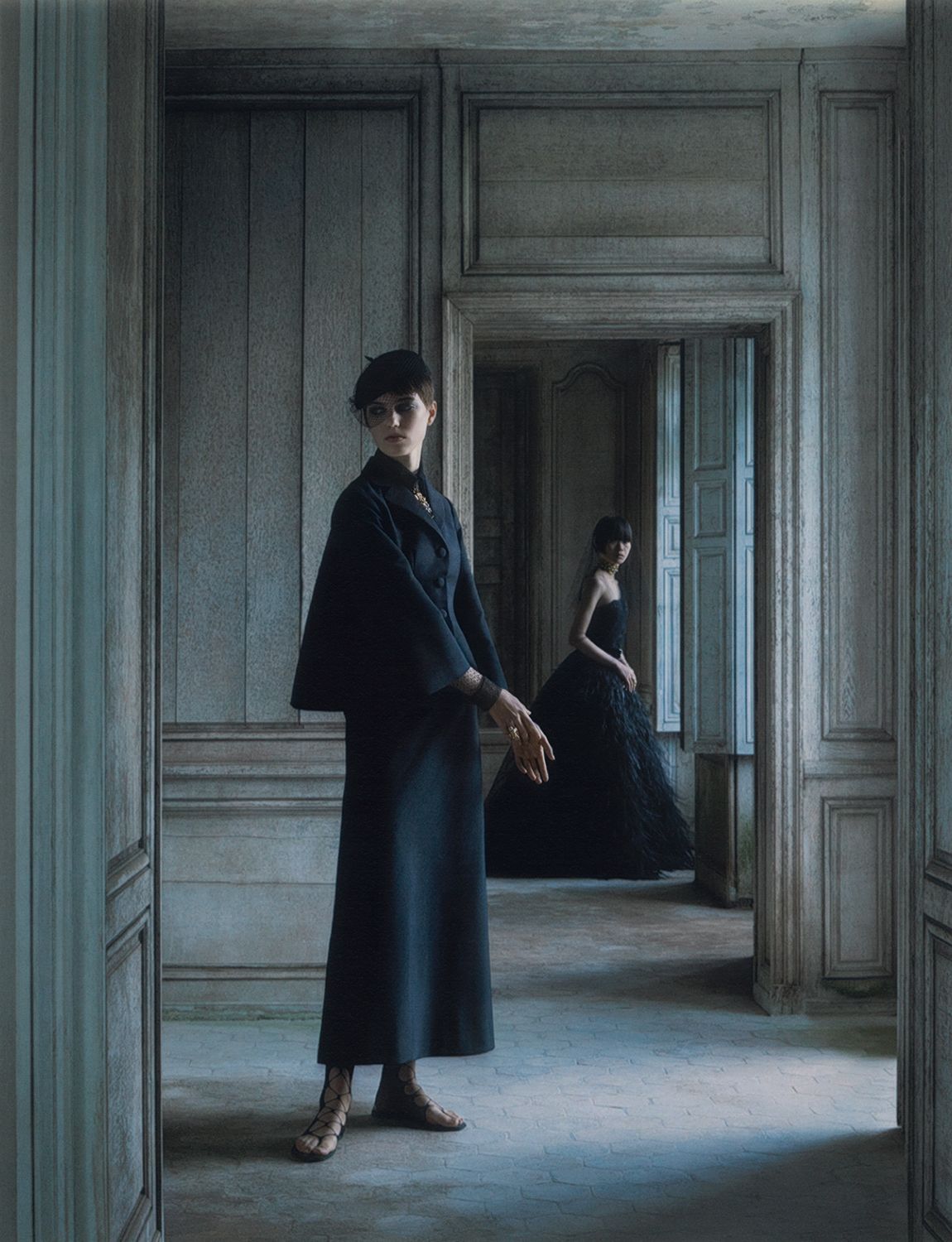
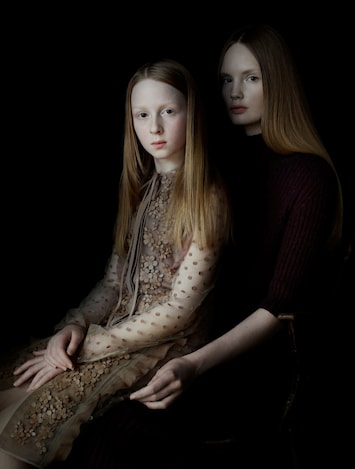
Swedish photographer noted for her painterly use of natural light and a timeless aesthetic. Great for luxury or heritage-driven brands.
Portfolio link: Julia Hetta site
8. Giampaolo Sgura
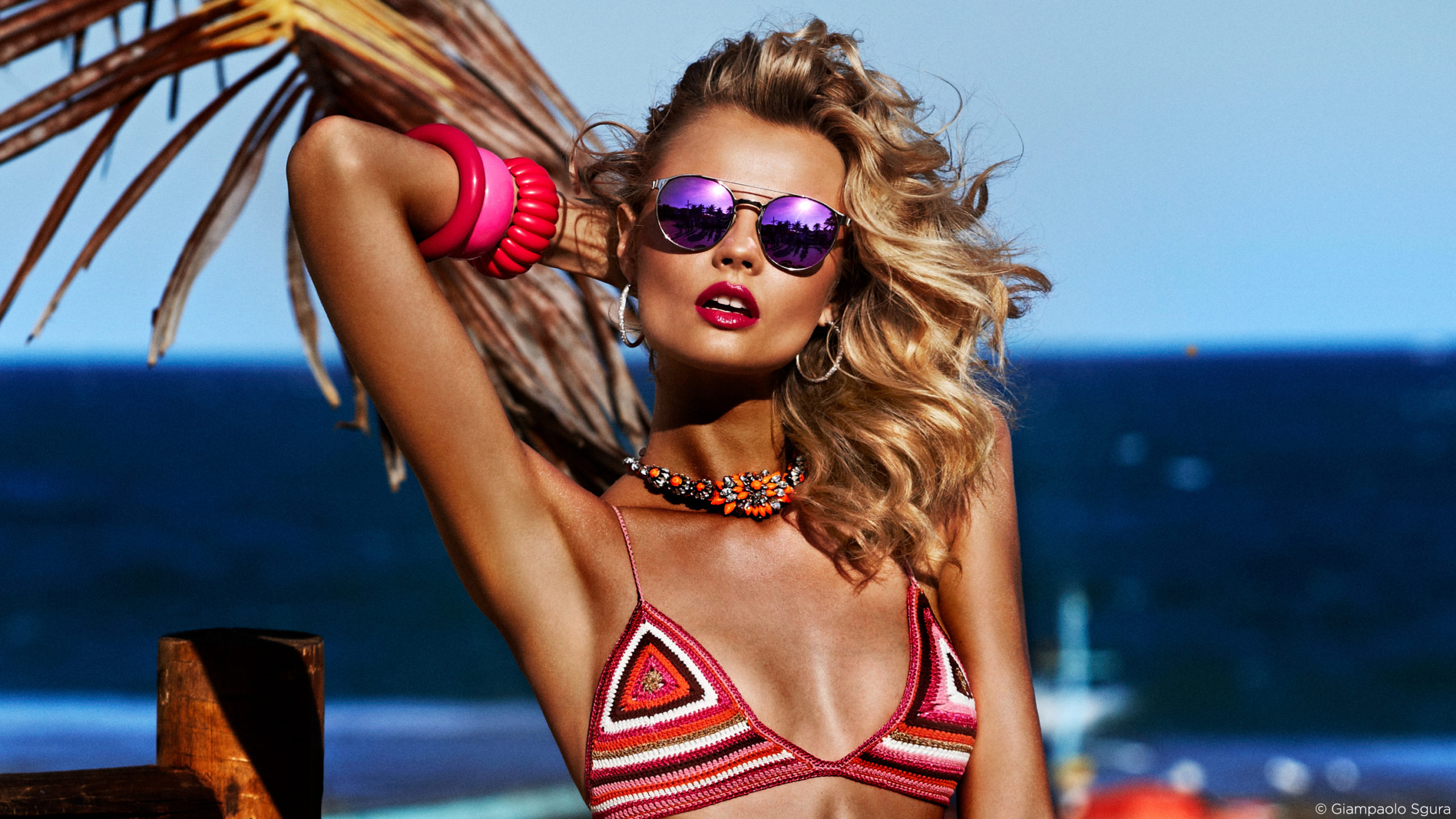

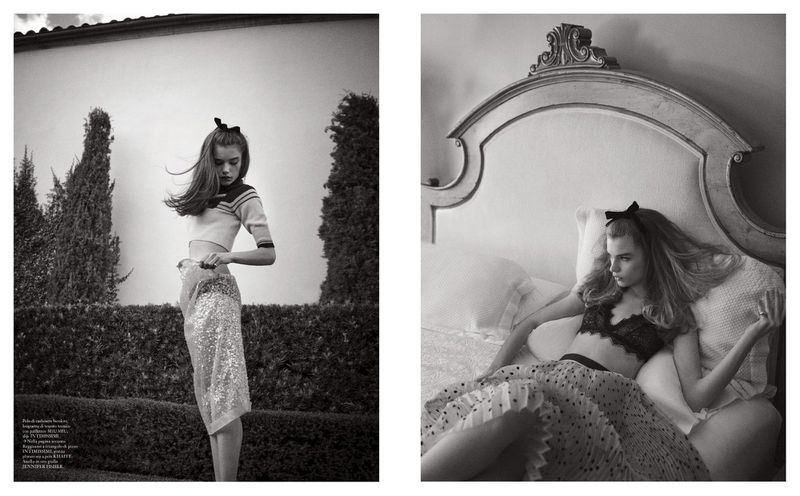
Italian photographer with a vibrant, high-gloss aesthetic — vivid colours, strong glamour. Suits fashion brands with big visuals and bold presence.
Portfolio link: Giampaolo Sgura site
9. Emanuele Ferrari
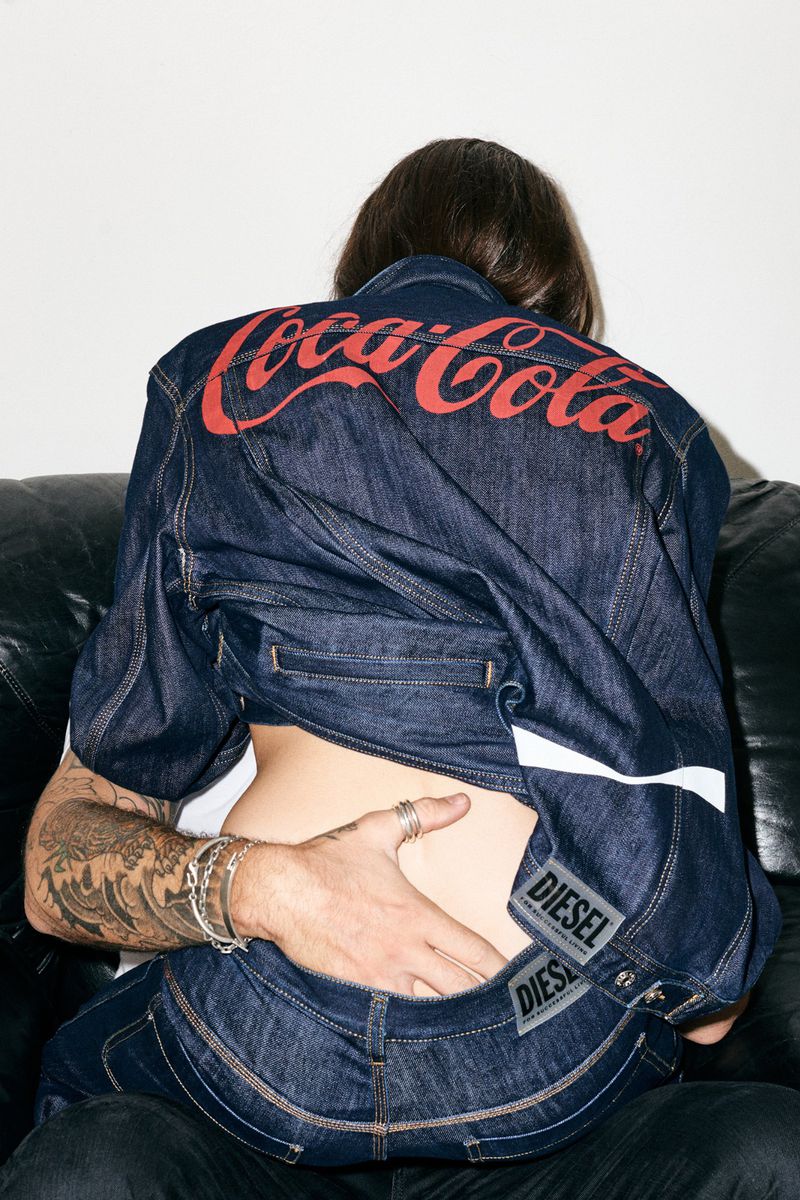
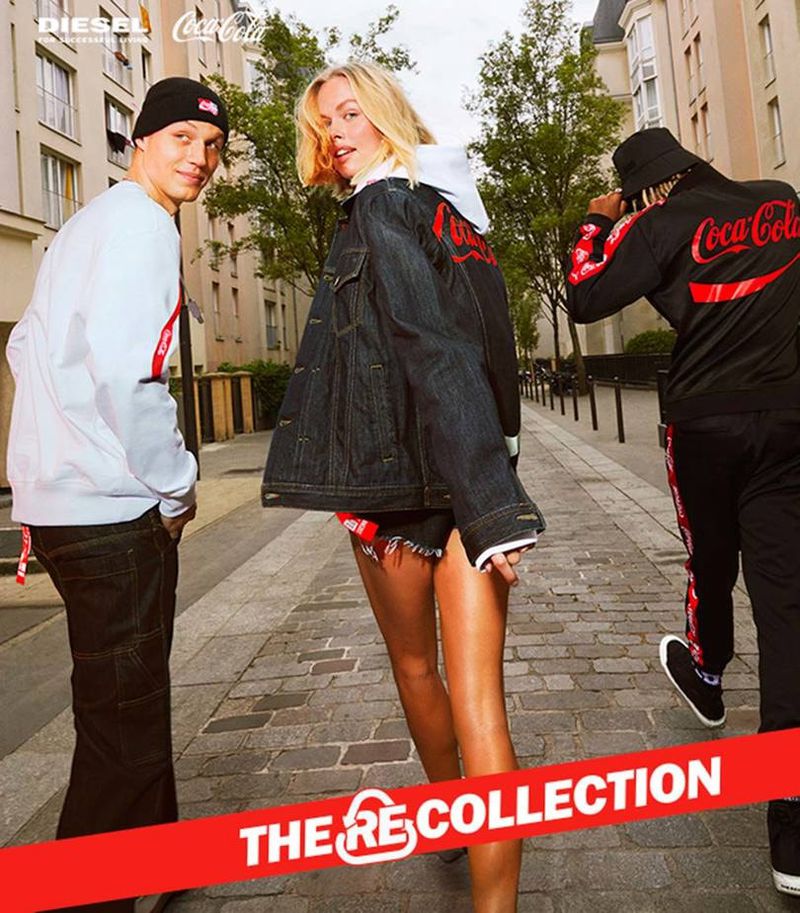

Italian photographer whose style is “simple, irreverent, and never-banal.” Good for lifestyle-centric imagery that doesn’t feel over-staged.
Portfolio link: Emanuele Ferrari site
10. A.Rrajani
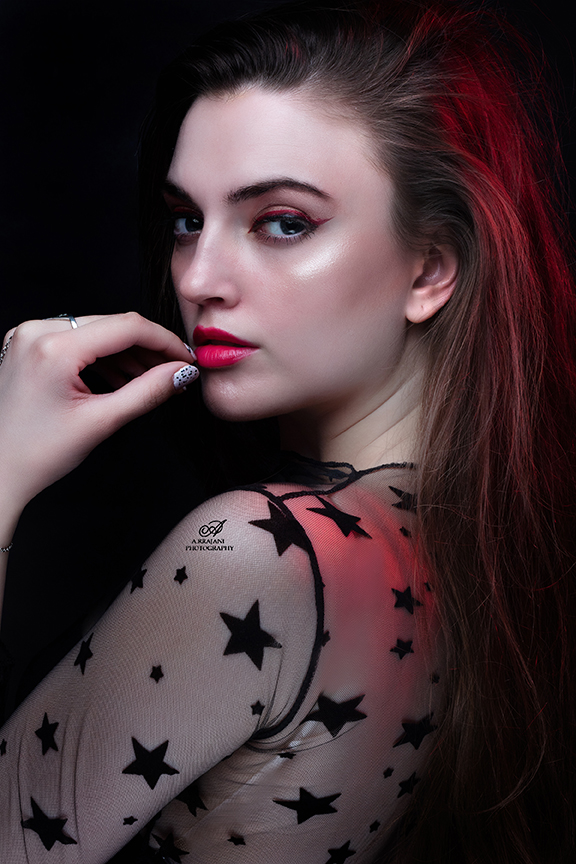


Based in India, A.Rrajani brings an international perspective and is among the top-10 fashion photographers globally in 2025 according to some lists. Reflects the shift toward more global aesthetics in fashion photography.
Portfolio link: A.Rrajani website (or search his name for latest work)


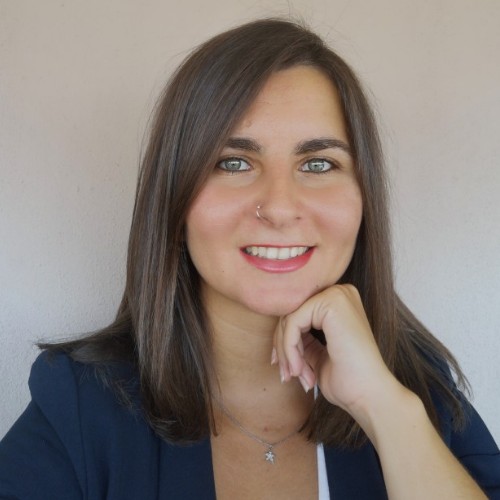


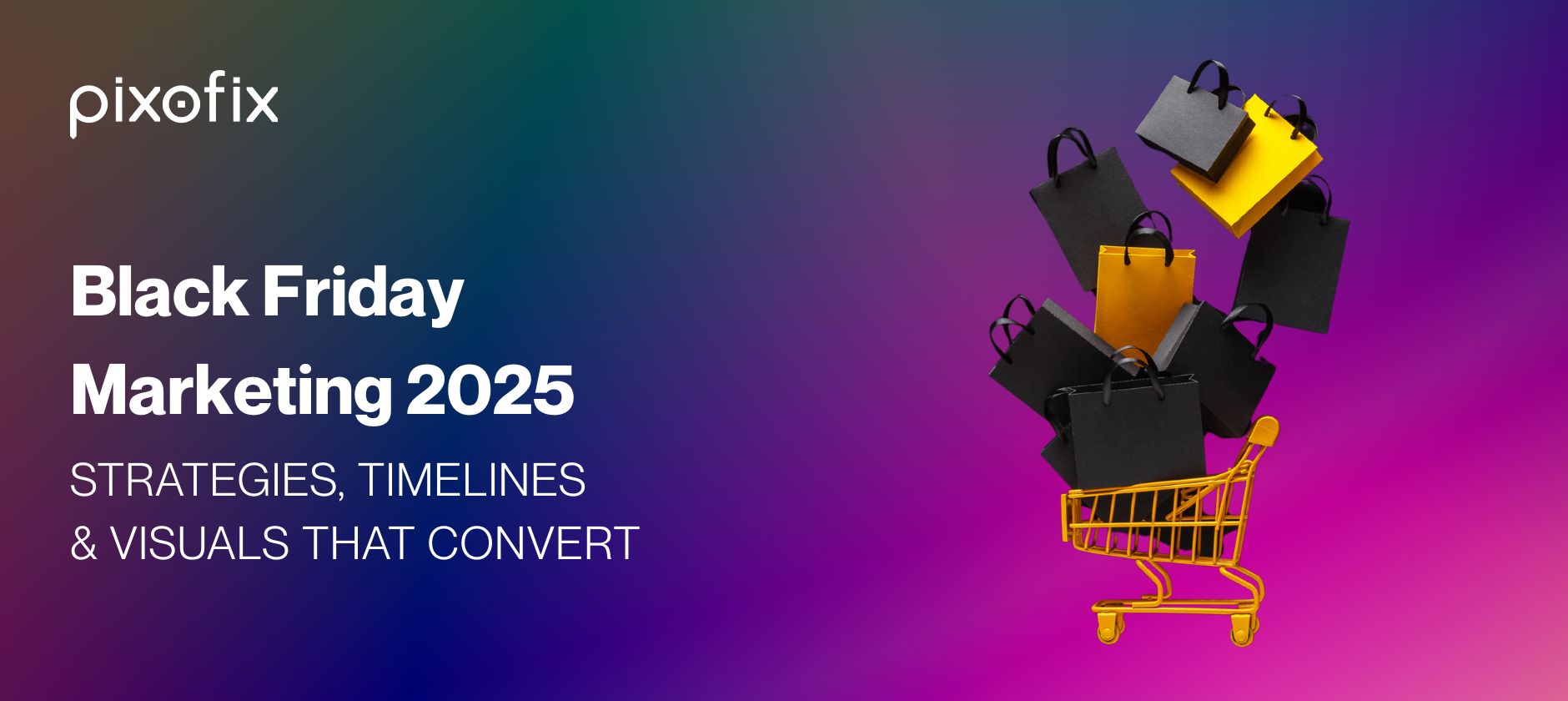
.png)

.png)
